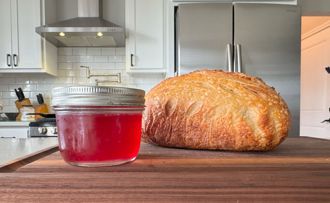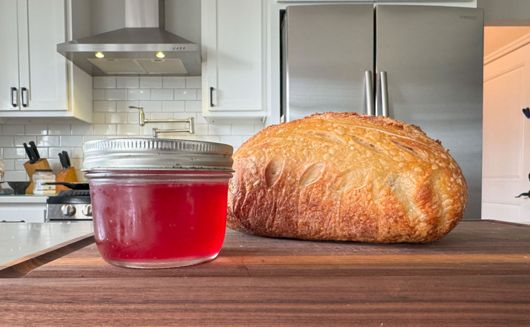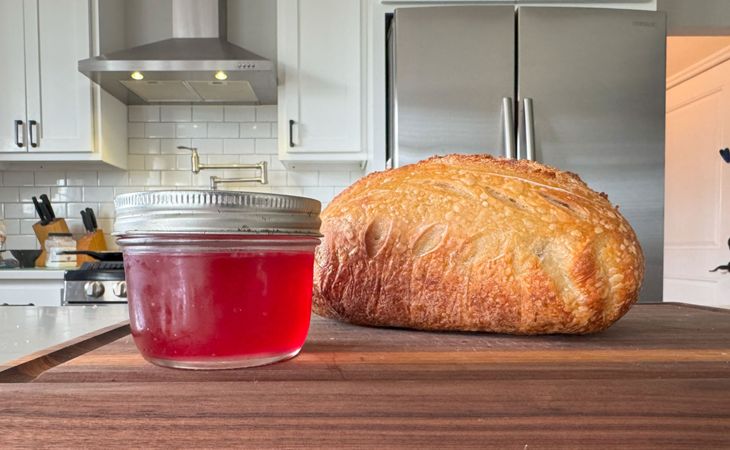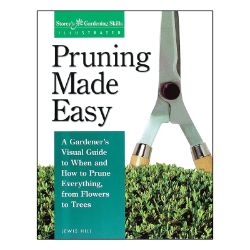Planting Raspberry Plants
Few things are as delicious as homegrown raspberries, and the success of your harvest begins with the planting site and planting method. After your raspberry plants are established, they require very little in the way of assistance to grow and bear fruit; however, for maximum growth and yields later on, make sure to provide your plants with the best foundation possible.
NOTE: This is part 4 in a series of 11 articles. For a complete background on how to grow raspberry plants, we recommend starting from the beginning.
Before Planting
Raspberry plants thrive in fertile soil, so, before you plant, test the soil where your raspberries will be planted – including a test of the soil pH. Refer back to the section on Soil Preparation for tips on soil testing.
If the soil pH where you plan to plant your raspberries is between 6.0 and 6.8, you’re in good shape – this is an ideal range for raspberry plants. Observe the established trees and plants around the site. Check to see that they look healthy and are growing well. This will help give you an idea of the success of new plantings in the area. If nearby trees are unhealthy or pest-ridden, they may become sources for pest or diseases issues in your plants. It’s best to be aware of the surroundings so you can be equipped with as much information as possible should any issues arise. And remember to avoid planting in soils that are extremely heavy or poorly drained.
When to Plant
Raspberry plants may be planted even when if you’re experiencing cooler temperatures in your area. If you are planting bare-root raspberry plants, they are already asleep and dormant, so (as long as the varieties you selected are recommended for your area) this type of weather won’t phase them. If you are planting potted raspberry plants that may arrive awake and even leafed-out, and your weather is expected to be cool, or if a hard frost is expected, it is advisable to delay planting for a while until temperatures become more suitable for planting. Before planting potted raspberry plants, you may need to gradually transition, or acclimate, them to their new environment. When you do plant, do not expose any roots to temperatures that are freezing or below for any longer than it takes to move the plant from its protective packaging and have it planted in the ground. It’s beneficial to have the holes pre-dug and prepared prior to planting.
Planting Steps
Generally, as long as your soil is workable, it is fine to plant.
Planting Bare-Root Raspberry Plants
- Before planting: soak bare-root raspberry plants’ roots in a bucket or large tub of water for one to two hours. This helps keep the roots from drying out while you prepare the planting hole. Avoid soaking roots for more than six hours. Remember: do not expose roots to freezing temperatures (or below) prior to planting.
- Dig the planting hole deep and wide enough to accommodate the current root system without being restricted. When digging the planting hole, make sure it is deep and wide enough so each raspberry plant’s root system has plenty of room to easily expand. Keep the more-nutritious topsoil in a pile so you can put it in the bottom of the hole, where it’ll do the most good.
- Place each raspberry plant in the center of the planting hole with its roots down and spread out. Holding onto the stems to keep them vertical (gloves are highly recommended, especially if you are planting spined/thorned raspberry plants), backfill the hole, putting the topsoil back in first. You can avoid creating air pockets by working the soil carefully around the roots and tamping down firmly with your hands as you refill the planting hole around your raspberry plants.
- Spread soil evenly around the plants and finish with a layer of mulch to prevent damage from water pooling and injury from freezing around the plants in fall going into winter.
- After planting, be sure to prune the bare-root canes back to about 2 inches above the ground. Do not skip this step! It is a crucial factor in encouraging the roots to send up new growth during the growing season. It is in the nature of raspberry plants to send up new growth as suckers or basal shoots from below the ground. This means the canes that you plant may not be where you find signs of life or new growth. When it’s time to grow, you will see new sprouts emerge from the ground around where you planted the cane, and this growth is coming from the raspberry plant’s root system.
Read more in our Planting Bare-Root Raspberry Plants article.
Planting Potted Raspberry Plants
Generally follow the same planting steps as mentioned above for bare-root raspberry plants, with a few exceptions:
- Do not soak potted raspberry plants prior to planting. Instead, ensure that the soil around the potted raspberry plants’ roots does not dry out.
- Prior to placing the potted raspberry plant in the planting hole, carefully remove the root system from the temporary pot.
- Gently loosen and spread the circling roots to encourage them to grow outward as they establish in the ground during the growing season.
Post-Planting
Thoroughly water your newly planted raspberry plants. A deep, slow soaking is best. If you previously determined you need to fertilize your raspberry plants, this can be done in spring, even at planting time; however, as with any packaged product, follow the printed package label for specific instructions. If planting in the fall, wait until spring instead to make any fertilizer applications. After watering, if soil appears to settle and sinks into the planting hole, just add more soil – enough to bring the hole to ground level again.
Apply a layer of organic material like wood mulch (rather than inorganic material like rocks), about 2 to 3 inches thick, around the root zone of your raspberry plants. Mulching helps discourage weeds while also keeping water from quickly evaporating away from the root zone. In the fall, increase the mulch layer or add a layer of straw for winter protection.
Note: Rodents and other small gnawing critters may take advantage of mulch that is applied too thickly, and they may chew raspberry plants for sustenance. If these animal pests are problematic in your area, consider applying repellents within the mulch layer to keep them out.
Additional Notes
- Raspberry plants should live 8 to 10 years with proper maintenance.
- Suggested number of plants for a family of 5: 20 to 25 plants (4 to 5 plants per person).
- Average yield per plant is 1 to 2 quarts of raspberries.





















